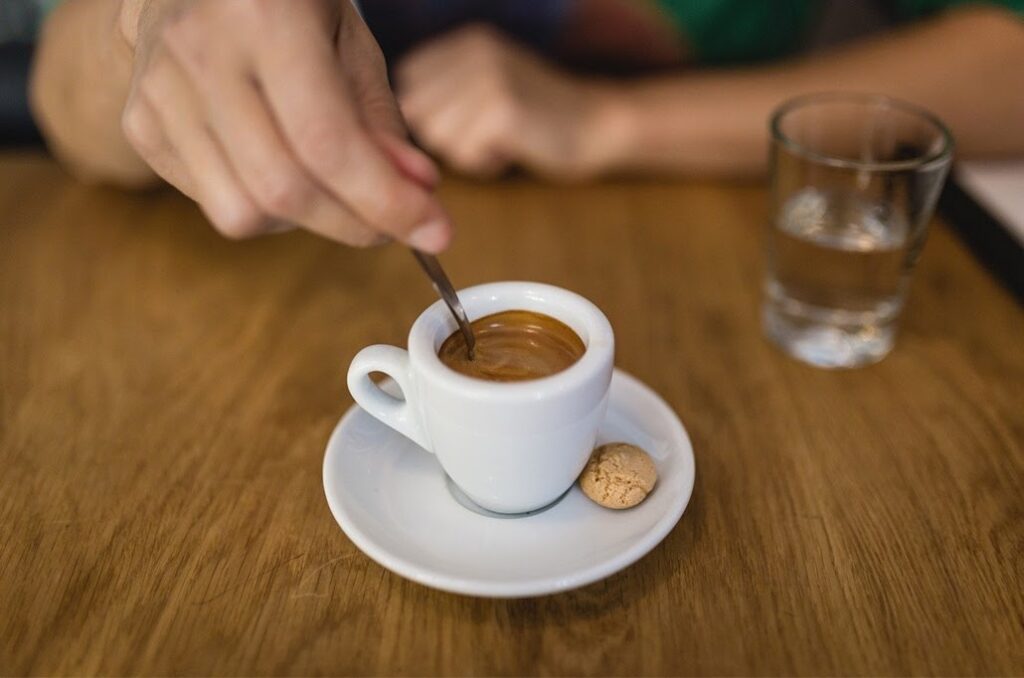Espresso is a drink made from ground coffee. If you believe the calculations, then people around the world drink more than two billion of this drink per day, that is, this is 25% of the espresso itself. How to cook it, what is the use of espresso and is there any harm from it? Read on and find out.
How much caffeine is in espresso coffee
The amount of caffeine can range from 35 to 95 mg. It depends on the bean itself and the type of caffeine. If coffee is brewed from Arabica, then caffeine in one serving will be from 35 to 55 mg. If coffee contains a lot of robusta, then there will be quite a lot of caffeine – from 55 to 95 mg. The harm and benefits of espresso in this case is determined depending on the state of human health.
How many calories are in espresso?
2 kcal is the average calorie content in one serving of the drink. If you add sugar, then the calories will increase significantly – 20 Kcal. This is with the calculation of one tablespoon of sugar. What are the harms and benefits of espresso
In order to talk about the properties of this drink, you need to know the chemical properties of the grains. But scientists still can’t tell. How coffee affects our body depends entirely on the amount drunk, the human body and caffeine tolerance.
Espresso harm
Caffeine increases the heartbeat, this is forbidden for people who have heart rhythm problems. If you have digestive problems and drink espresso without eating anything before, then you should expect heartburn or other pains. Caffeine strengthens the nerves. That is why this drink should not be consumed by pregnant women or women who are breastfeeding babies. If you brew strong espresso, it can ruin the color of your teeth.
Coffee affects the human body, and this effect can be adjusted depending on the method of preparation of the drink. This was found out by a team of scientists from Norway who have been observing the coffee habits of Norwegians for 20 years. The researchers collected and analyzed data from more than half a million people who regularly drank coffee (taking into account their coffee preferences, health status, diseases and causes of death).
Based on these data, we were able to identify the dependence of the effect of coffee on the body and the method of its preparation.
Healthy coffee
The healthiest way to make coffee is filter coffee. Such coffee is prepared by pouring hot water through a layer of ground coffee, which is placed on the filter. The filter allows water to pass through the coffee powder and filter out particles so that they do not end up in the finished drink.
Drinking filter coffee in moderation (1 to 4 cups a day) can reduce the risk of cardiovascular disease, scientists say.
Bad espresso coffee
Unfiltered espresso coffee (a drink in which the coffee grounds are steeped in hot water for a long time) can be harmful to the body. This type of preparation includes cappuccino, espresso and Turkish coffee. It is better to refuse these drinks or at least reduce their consumption – unfiltered coffee contains substances that increase cholesterol levels (in one cup of such coffee, the concentration of these substances is about 30 times higher than in filter coffee).






